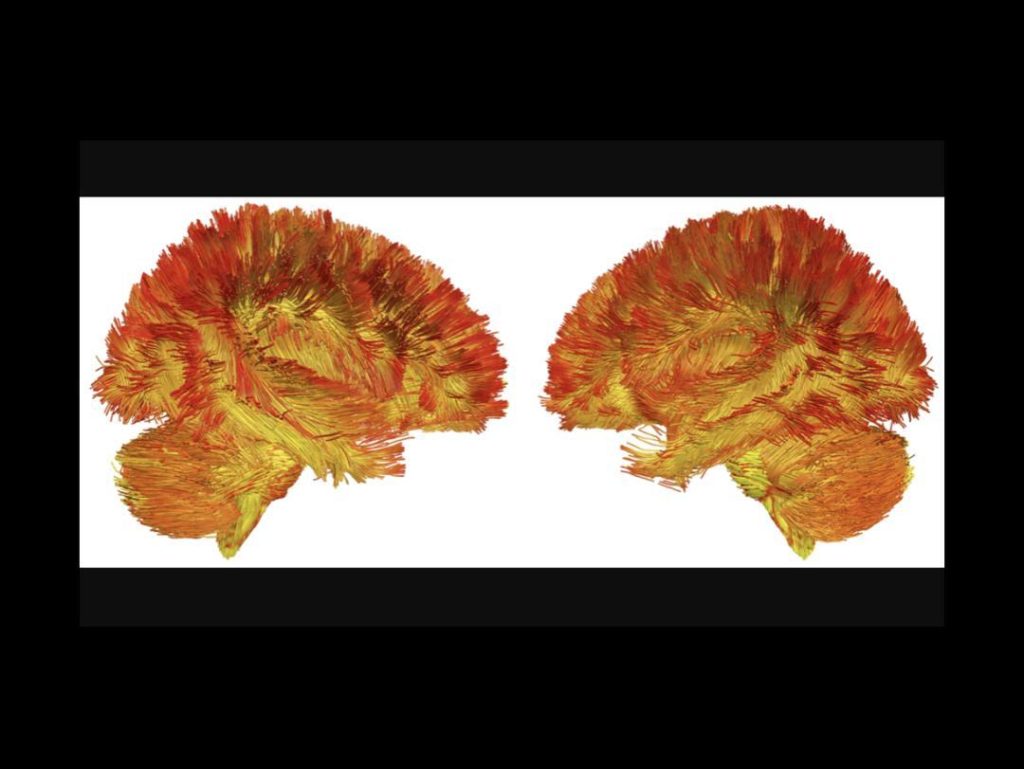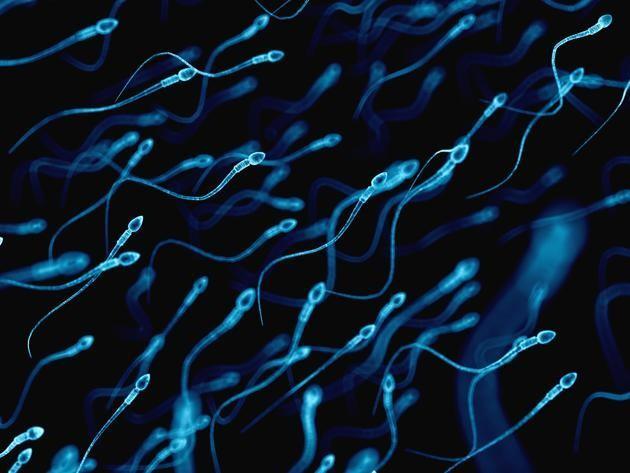
1st Ever Map of Human Brain Mitochondria Made
Mitochondria, the powerhouses of our cells, play a crucial role in generating energy for our bodies. In the human brain, mitochondria are particularly important, as they help fuel the complex processes involved in thought, movement, and sensation. While we have a good understanding of mitochondria’s role in individual cells, little was known about their distribution and function in the human brain as a whole. That is, until now.
Recently, a team of researchers from Columbia University has made a groundbreaking discovery, creating the first-ever map of the entire brain’s mitochondria. This innovative mapping reveals that mitochondria differ not only by cell type but also by the brain region. The findings also suggest that newer brain regions, which distinguish humans from other species, not only contain more mitochondria but these mitochondria are specialized for more efficient energy production.
The research team, led by Dr. Zvonimir Vrselja, used advanced imaging techniques to visualize and map the mitochondria in the human brain. They used a combination of magnetic resonance imaging (MRI) and electron microscopy to create a detailed atlas of the brain’s mitochondrial distribution. The team analyzed brain tissue samples from 12 individuals and found that the mitochondria varied significantly across different brain regions.
The mapping revealed that certain brain regions, such as the prefrontal cortex and the hippocampus, which are responsible for high-level cognitive functions like decision-making, memory formation, and language processing, have a higher density of mitochondria. These brain regions are also characterized by more complex neural connections and require more energy to operate.
In contrast, the cerebellum, which is primarily involved in motor coordination and balance, has a lower density of mitochondria. The researchers found that the mitochondria in these regions are less complex and less efficient at generating energy.
The study also found that the newer brain regions, which are unique to humans and have evolved over millions of years, have more mitochondria and more specialized mitochondria. These regions include the prefrontal cortex, the anterior cingulate cortex, and the temporal lobe, which are responsible for advanced cognitive functions like language, abstract thought, and social behavior.
“This study provides a new perspective on the evolution of the human brain,” said Dr. Vrselja. “We found that the mitochondria in the newer brain regions are more specialized and efficient, which allows for more complex and energy-demanding cognitive processes.”
The researchers believe that this mapping will have significant implications for our understanding of brain function and disease. For example, the study suggests that impairments in mitochondrial function may contribute to neurodegenerative diseases like Alzheimer’s and Parkinson’s, which are characterized by cognitive decline and motor dysfunction.
The findings also have implications for the development of new treatments for brain disorders. For instance, the discovery that certain brain regions require more efficient energy production may lead to the development of new therapies that target mitochondrial function.
The study’s results are a testament to the power of interdisciplinary research, combining expertise from neuroscience, imaging, and biochemistry. The researchers hope that their work will inspire further investigation into the complex relationships between mitochondria, brain function, and behavior.
In conclusion, the creation of the first-ever map of the human brain’s mitochondria is a groundbreaking achievement that opens up new avenues for research and treatment of brain disorders. The study’s findings highlight the importance of mitochondria in brain function and provide new insights into the evolution of the human brain.
Source:






